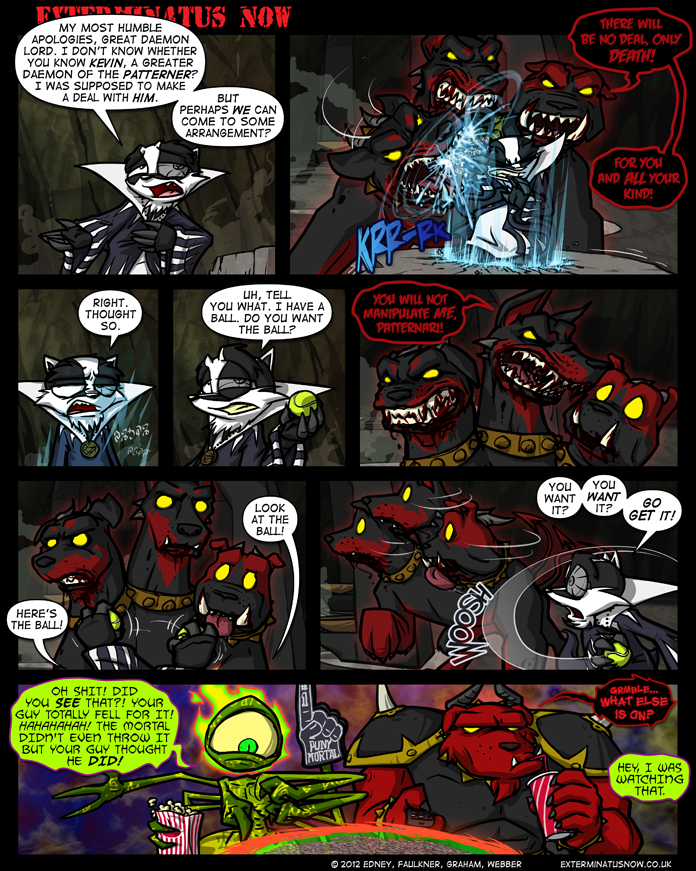
Like Odin, Loki is also the child of an Æsir and a Jötunn – with a marked difference. Read more: The Creatures of Norse Mythology Despite this, he is still classified as an Æsir as Norse mythology is patrilineal, which means that bloodlines run through the father. When they do have children, this union is generally between male Æsir and female Jötnar, and even Odin himself has a Jötunn for a mother. The Æsir and the Jötnar have a literal love-hate relationship: they are just as likely to fight as they are to marry and/or have children. While there are lots of characters within Norse mythology, the two main groups are the Æsir (the gods) and the Jötnar (often translated as “giants”).

Strap in – this is going to be a bumpy ride! Æsir or Jötunn? He helps the Æsir and marches against them in Ragnarok.Ĭonfused? Don’t worry – so are we. The Æsir are infuriated by him and dependent on him. He is generally male – and sometimes female. However, other than being a trickster, it is difficult to say exactly what else Loki is. A lot of the time, he uses his cunning to help the Æsir out of trouble – other times, he’s the reason they’re in trouble in the first place. In Norse mythology, Loki is best known as the trickster god. However, while Loki’s characterisation is consistent in popular culture, there is very little consistent about Loki in Norse mythology. He is also often framed as an antagonist, although he is rarely a stereotypical “bad guy”. Loki tends to be portrayed as mischievous and self-serving, yet lovable and charming. While modern depictions of Loki can vary from the sinister in Neil Gaiman’s American Gods to the misunderstood in Joanne Harris’ Runemarks, they generally follow the same blueprint. While Loki may not have been favoured among the pagan Scandinavians, his popularity has increased in recent years along with a renewed interest in Norse mythology (something no doubt helped by Tom Hiddleston’s portrayal of the character in the Marvel movies). You wouldn’t pray to Loki you would pray to the other gods to keep Loki away.”

After a short discussion, she provided her own theory:

Once in a lecture on Viking artefacts, my professor asked us why we have not yet found any statues that are thought to portray the god Loki. Read on to find out more about Norse mythology’s most mischievous god. Æsir or Jötunn, friend or foe, Loki is many things, often at the same time. Who is Loki? Many people are familiar with the Norse god Loki from modern depictions, but what does Norse Mythology say about the identity of Loki?


 0 kommentar(er)
0 kommentar(er)
